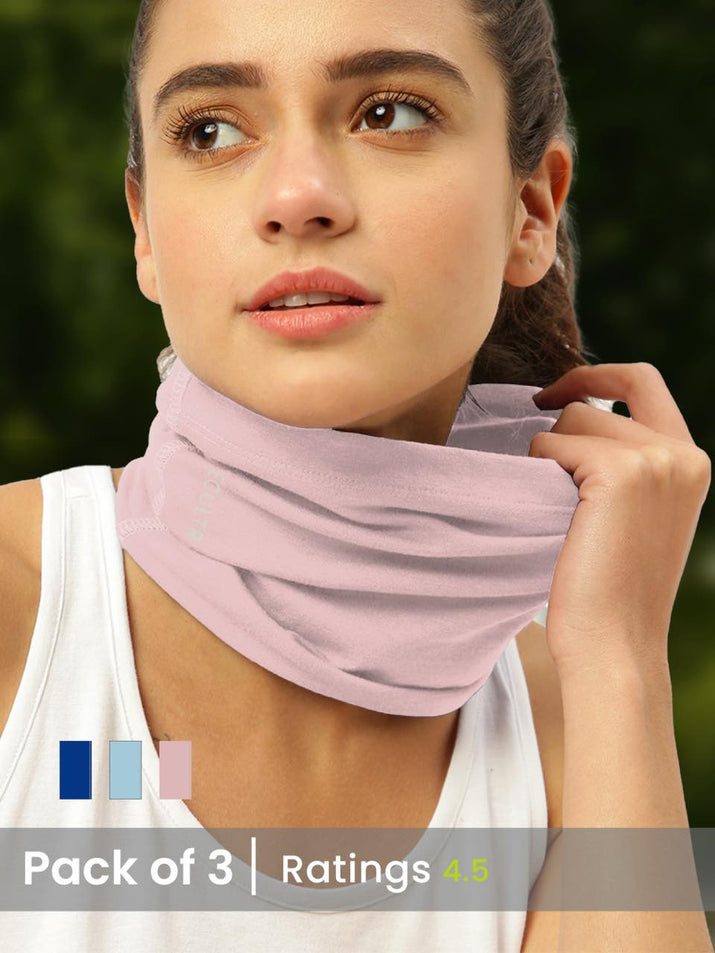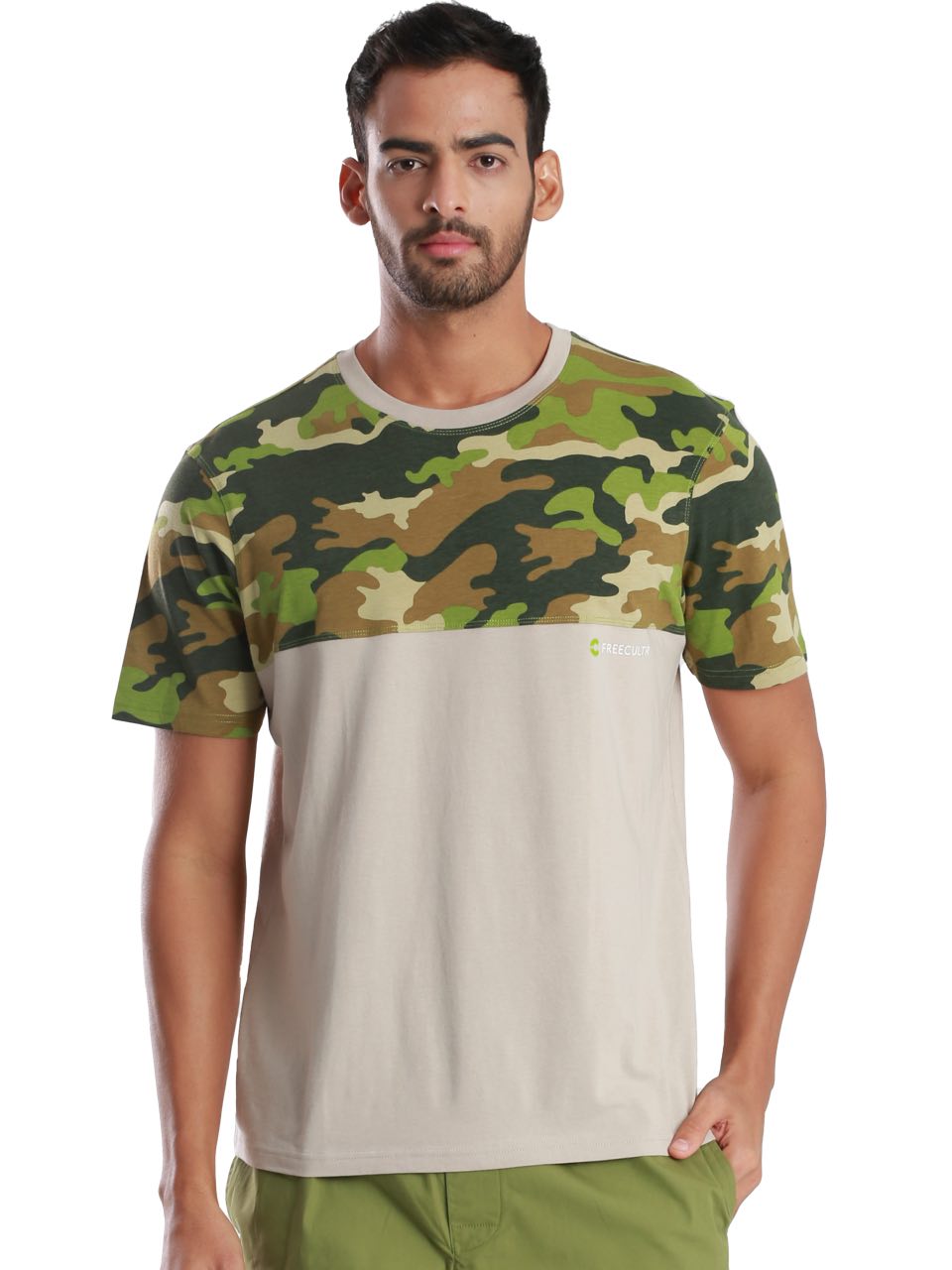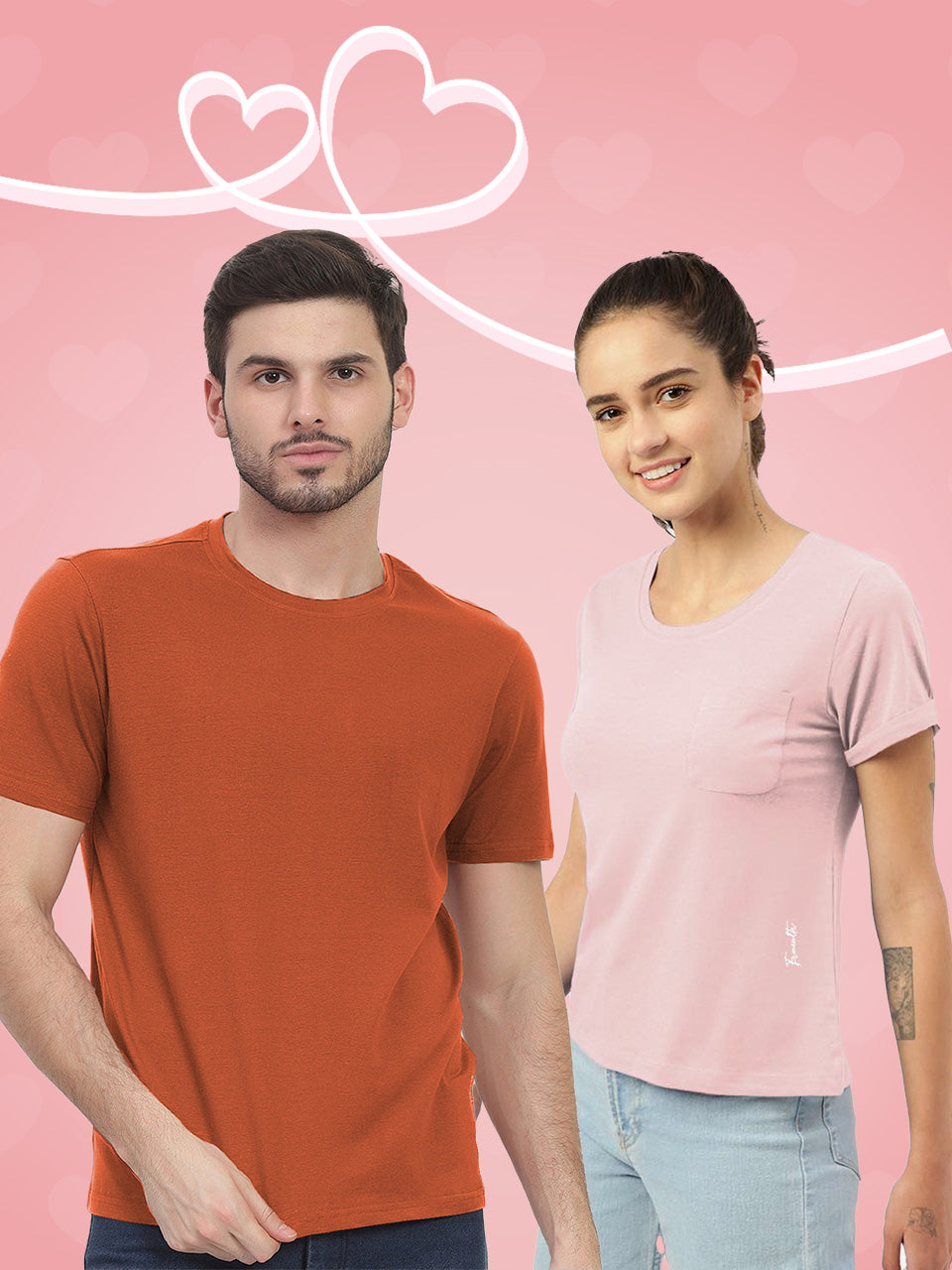Far beyond a mere fabric square, the bandana stands as a compelling paradox: a simple textile embodying profound versatility as both a utilitarian staple and a potent fashion statement. Its journey from a practical necessity for railroad workers and cowboys, offering protection from dust and sweat, to its current omnipresence across global fashion weeks and subcultures, underscores its remarkable adaptive capacity. Today's iterations, moving beyond traditional paisley, showcase advanced digital printing on organic cottons and sophisticated silks, reflecting an industry shift towards conscious consumerism and intricate design. Whether serving as a critical piece of personal protective equipment in certain demanding environments, a vibrant accessory defining a streetwear aesthetic, or a subtle emblem of identity, the bandana’s enduring relevance stems from its unparalleled blend of practicality, historical resonance. evolving stylistic significance in contemporary wardrobes.

The Enduring Appeal of the Bandana: A Historical Perspective
The humble bandana, a simple square of fabric, possesses a surprisingly rich history and an enduring presence across cultures and eras. Far from being a mere fashion accessory, the bandana has served countless practical purposes, evolving from a functional item into a versatile symbol of identity, utility. style. Its origins can be traced back centuries, with various forms of head coverings and neckerchiefs appearing in ancient civilizations, often used for protection from the elements or as a sign of status.
The word "bandana" itself is believed to derive from the Hindi word "bandhana," meaning "to tie" or "to bind," referencing the resist-dyeing technique used to create intricate patterns. By the 18th century, bandanas were popular in Europe and America, often featuring patriotic motifs or political slogans. From cowboys shielding themselves from dust to factory workers protecting their hair from machinery, the bandana became an indispensable tool for working-class individuals. This deep-rooted history underscores the bandana's dual nature: a practical tool born of necessity and a canvas for self-expression.
The Multifaceted Utility of the Bandana
Beyond its aesthetic appeal, the bandana is an unsung hero of practicality. Its simple design belies a remarkable versatility, making it a staple for outdoor enthusiasts, travelers. anyone seeking a compact, multi-purpose item. Here are some key real-world applications where the bandana shines:
- Protection from Elements A bandana can effectively shield the face and neck from sun, wind, dust. even light rain. For hikers, cyclists, or construction workers, it's an excellent barrier against environmental irritants. During a recent desert trek, a simple cotton bandana proved invaluable in keeping sand out of my eyes and mouth, turning an otherwise uncomfortable experience into a manageable one.
- Sweat Management Worn as a headband or neckerchief, a bandana absorbs sweat, keeping it out of the eyes and off the body. This is crucial for athletes, gardeners, or anyone engaged in strenuous activity, helping regulate body temperature and improve comfort.
- First Aid and Hygiene In a pinch, a clean bandana can serve as a makeshift bandage, tourniquet, or sling for minor injuries. It can also be dampened to cool down a feverish forehead or used as a basic filter for murky water (though not for purification). Its reusability makes it a more sustainable option than disposable wipes for personal hygiene in remote areas.
- Tool and Accessory A bandana can be twisted into a rope for securing small items, used as a pot holder for hot cookware, or even tied around a water bottle for a better grip. Its light weight and minimal space requirement make it an ideal addition to any emergency kit or travel pack.
- Signaling and Identification In group settings, a specific color or pattern of bandana can be used for team identification. In survival situations, a brightly colored bandana tied to a branch can serve as a visible signal for rescuers.
The Bandana as a Fashionable Accent
While its utility is undeniable, the bandana has truly soared as a fashion accessory, transcending its humble origins to become a statement piece. Its ability to adapt to various styles, from rugged Americana to high-fashion chic, is unparalleled. The key lies in its simplicity and the endless ways it can be folded, tied. worn.
- Headwear Perhaps the most classic way to wear a bandana. It can be folded into a headband to keep hair out of the face, tied around a ponytail for a touch of flair, or even worn as a full head covering, offering sun protection while adding a bohemian or retro vibe. Think of iconic figures from the 50s and 60s, or modern-day festival-goers, all embracing the bandana as a headpiece.
- Neckwear From a simple knot at the front to a more elaborate cowboy knot, a bandana around the neck adds a casual yet stylish touch. It can protect from sun or cold, or simply serve as a pop of color or pattern against a plain outfit.
- Wrist or Ankle Accessory For a subtle accent, a bandana can be tied around the wrist or ankle, similar to a bracelet or anklet. This is a popular choice for adding a touch of personal style without being overly dominant.
- Bag or Purse Embellishment Tying a bandana to the handle of a handbag or backpack instantly elevates its look, adding personality and a splash of color. It's an easy way to refresh an old bag or personalize a new one.
- Pet Accessory Not just for humans, bandanas are also a popular accessory for pets, adding a charming touch to a dog's collar.
Choosing Your Bandana: Materials and Care
The performance and feel of a bandana largely depend on its material. Understanding the properties of common bandana fabrics can help you choose the best one for your needs.
- Cotton The most common and traditional material for bandanas. Cotton is breathable, absorbent, soft. durable. It's excellent for sweat wicking and general use. Most classic paisley bandanas are made from cotton.
- Silk Offers a luxurious feel and a beautiful sheen. Silk bandanas are incredibly soft, lightweight. gentle on the skin and hair. They are less absorbent than cotton but excellent for fashion purposes and can offer some warmth.
- Polyester/Synthetic Blends Often used in performance bandanas due to their quick-drying properties, moisture-wicking capabilities. durability. These are ideal for athletic activities or situations where rapid drying is crucial, though they may not be as breathable as cotton.
Caring for your bandana is simple, ensuring its longevity. Most cotton and synthetic bandanas can be machine washed with like colors and tumble dried on a low setting. Silk bandanas usually require hand washing with a gentle detergent and air drying to maintain their integrity and luster. Always check the specific care label for best results.
Bandana vs. Other Accessories: A Comparative Look
While the bandana stands out for its unique blend of utility and style, it's helpful to grasp how it compares to other similar accessories like scarves and headbands. Each has its strengths. the bandana often wins on versatility and compactness.
| Feature | Bandana | Traditional Scarf | Headband (Elastic/Fabric) |
|---|---|---|---|
| Primary Use | Fashion accent, utility tool, protection | Fashion accent, warmth, formal wear | Hair control, sweat absorption, athletic use |
| Typical Size | Approx. 20-22 inches square | Varies widely (long/thin to large square) | Loop or strip designed for head circumference |
| Versatility (Uses) | High (head, neck, wrist, tool, first aid) | Medium (neck, shoulders, bag, hair for larger ones) | Low (primarily head/hair) |
| Portability | Excellent (folds very small) | Varies (can be bulky depending on material/size) | Excellent (small, lightweight) |
| Material Range | Cotton, silk, poly blends | Wool, silk, cashmere, cotton, synthetic | Elastic, fabric, plastic, metal |
| Cost-Effectiveness | Very High (affordable, durable) | Medium to Low (can be expensive) | High (generally affordable) |
As the table illustrates, while scarves excel in warmth and high-fashion statements. headbands are specialized for hair management, the bandana offers a superior balance of utility, portability. stylistic flexibility at an accessible price point. Its square shape allows for diverse folding and tying techniques that other accessories simply can't replicate.
The Cultural Resonance of the Bandana
The bandana is more than just fabric; it's a symbol woven into the fabric of various subcultures and historical moments. From the red bandana of American cowboys protecting against dust, to the blue bandana representing gang affiliations, or the rainbow bandana symbolizing LGBTQ+ pride, its simple form has been imbued with profound meaning. During the Rosie the Riveter era of World War II, women in factories famously wore bandanas to keep their hair safe from machinery, turning a practical necessity into a symbol of female strength and contribution to the war effort. This rich cultural tapestry underscores the bandana's power as a non-verbal communicator and its ability to adapt and reflect the times, making each bandana not just a piece of cloth. a piece of history and identity.
Conclusion
The bandana, far from being a mere accessory, truly stands as a testament to versatile style and practical utility. We've explored how this humble square of fabric can elevate an outfit or serve crucial functions, from a makeshift face covering to a sweatband during a run. My personal tip? Don't confine it to just your neck or hair. Try tying a vibrant paisley bandana around your handbag strap for an instant splash of color, or knot it onto your wrist as a subtle, yet stylish, accent – a trick I picked up recently after seeing it trending in street style. Embrace its adaptability. Consider a classic red bandana for that timeless, rugged charm, or perhaps a modern tie-dye version to inject current festival vibes into your look. This simple item encourages creative expression. So, grab a bandana, experiment with its endless possibilities. discover how it can uniquely enhance your everyday style and readiness for anything.More Articles
Tees – Effortless Style & Soft Fabric FeelWomen's Tank Top – Breathable Design & Versatile Layering
Trunks for Men – Quick Dry Fabric & Freedom of Movement
Sleeves – Optimal Compression & Muscle Recovery
FAQs
What makes a bandana more than just a piece of cloth?
Bandanas are incredibly versatile! They blend fashion and function seamlessly, serving as a stylish accessory while also being useful for various practical purposes, from protecting you from the elements to keeping hair out of your face.
So, how can I actually wear a bandana? Give me some ideas!
There are tons of ways! You can tie it around your neck as a scarf, fold it into a headband, wrap it around your wrist, use it as a pocket square, or even tie it onto your bag for an extra pop of color. Some people even use them as casual face coverings.
Are bandanas still considered trendy, or are they a bit old-school?
Bandanas are definitely having a moment and regularly cycle back into fashion. They're a timeless accessory that can be styled to fit vintage, bohemian, casual, or even more edgy looks, making them perennially popular.
What are the practical benefits of carrying a bandana?
Beyond style, bandanas are super handy. They can absorb sweat, provide sun protection for your neck or head, act as a makeshift tourniquet or bandage in a pinch, wipe dirt, or even serve as a small carrying pouch for light items.
What kind of fabric are most bandanas made from?
Most traditional bandanas are made from 100% cotton. This makes them soft, breathable, absorbent. easy to wash, which is perfect for both fashion and utility. You might also find some made from blends or silk for a different feel.
Can bandanas be used for specific activities, like hiking or sports?
Absolutely! Their absorbency and ability to wick sweat make them great for active pursuits. Hikers use them for sun protection and sweat management, while athletes might use them as headbands to keep hair and sweat out of their eyes.
How do I care for my bandana to keep it looking good?
Since most are cotton, they're pretty easy to care for. Generally, machine wash them in cold water with similar colors and tumble dry on low. Ironing might be needed if you want a crisp look. often a little crinkle adds to their charm!






